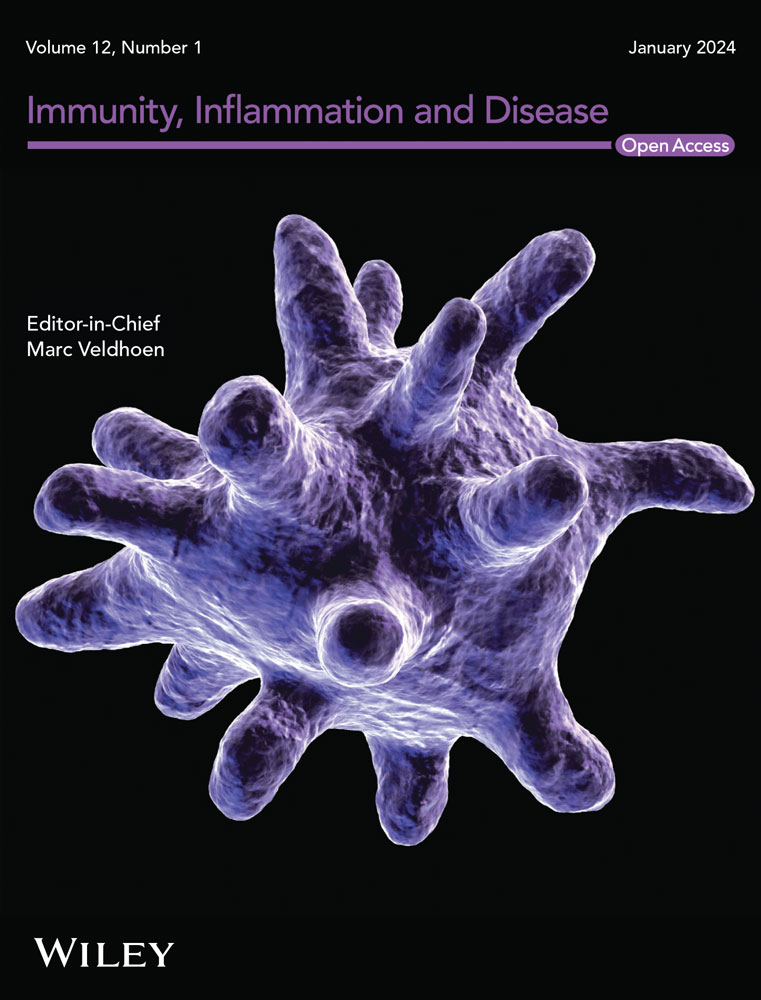Jian Pi Hua Tan Fang Reverses Trastuzumab Resistance of HER2-Positive Gastric Cancer Through PI3K/AKT/mTOR Pathway: Integrating Network Pharmacology, Molecular Docking and Experimental Validation
Abstract
Background
Currently, trastuzumab resistance significantly impacts the treatment outcome for individuals with HER2-positive gastric cancer. In clinical practice, Jian Pi Hua Tan Fang (JPHTF) has been shown to be effective in preventing recurrences and metastases caused by gastric cancer. Yet, the treatment process remains unknown. We aim to evaluate the potential pharmacological mechanism of JPHTF in interfering with resistance to trastuzumab in HER2-positive gastric cancer (GC).
Methods
In this study, network pharmacology and molecular docking techniques were used to forecast the potential active ingredients, pathways, and targets of JPHTF in overcoming trastuzumab resistance in HER2-positive GC. Then, in vitro models of NCI-N87/TR was developed, and JPHTF-containing serum was utilized for intervention to confirm these crucial targets.
Results
Network pharmacology showed that 92 potential active compounds and 420 therapeutic targets of JPHTF. SRC, EGFR, TP53, and AKT1 were identified as the main targets associated with the PI3K/Akt, MAPK, and Ras pathways, playing crucial roles in angiogenesis, cell apoptosis, cell proliferation, and resistance to chemotherapy in the GC microenvironment. Molecular docking analysis showed that quercetin, formononetin, and luteolin, which are the main active ingredients, exhibit high binding affinity to the central targets PI3K, AKT, and mTOR. In vitro experiment, the JPHTF-containing serum has a significant alleviating effect on reversing trastuzumab resistance and cell apoptotic and proliferation of NCI-N87/TR. Further molecular biological experiments showed that JPHTF could regulate the expression of PI3K/AKT/mTOR pathway.
Conclusion
JPHTF has the ability to overcome trastuzumab resistance in NCI-N87 cells through the regulation of the PI3K/AKT/mTOR pathway.


 求助内容:
求助内容: 应助结果提醒方式:
应助结果提醒方式:


